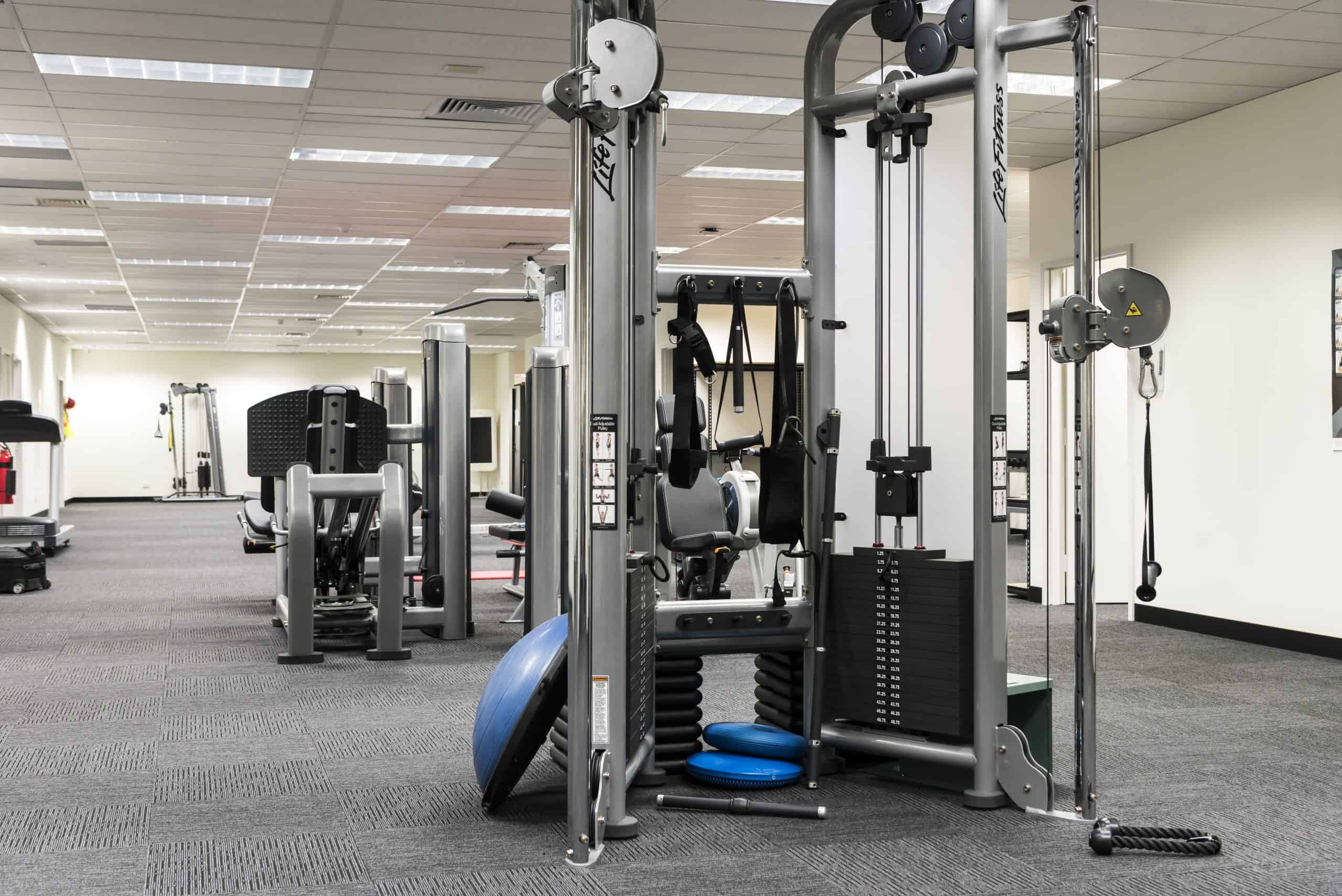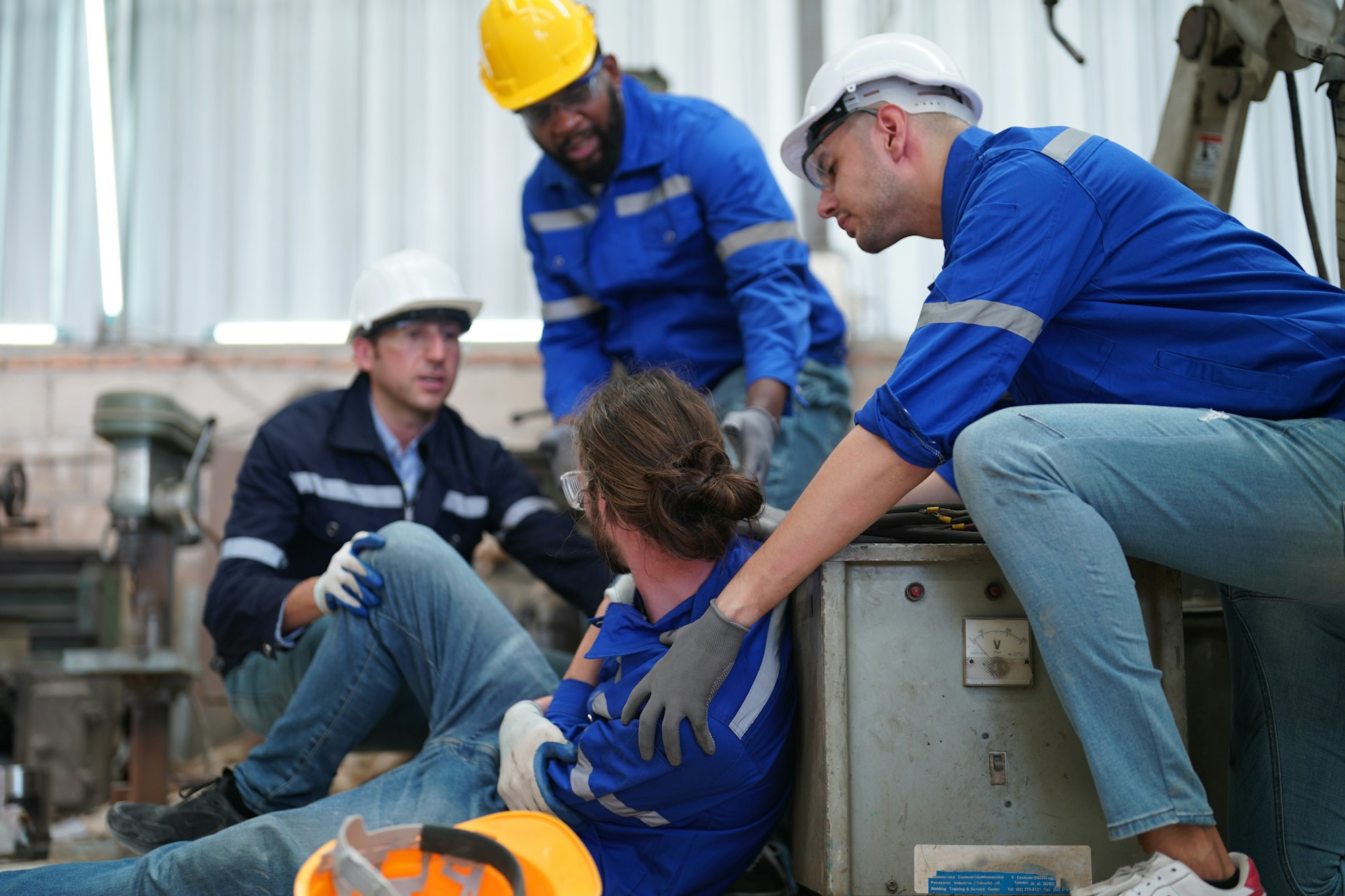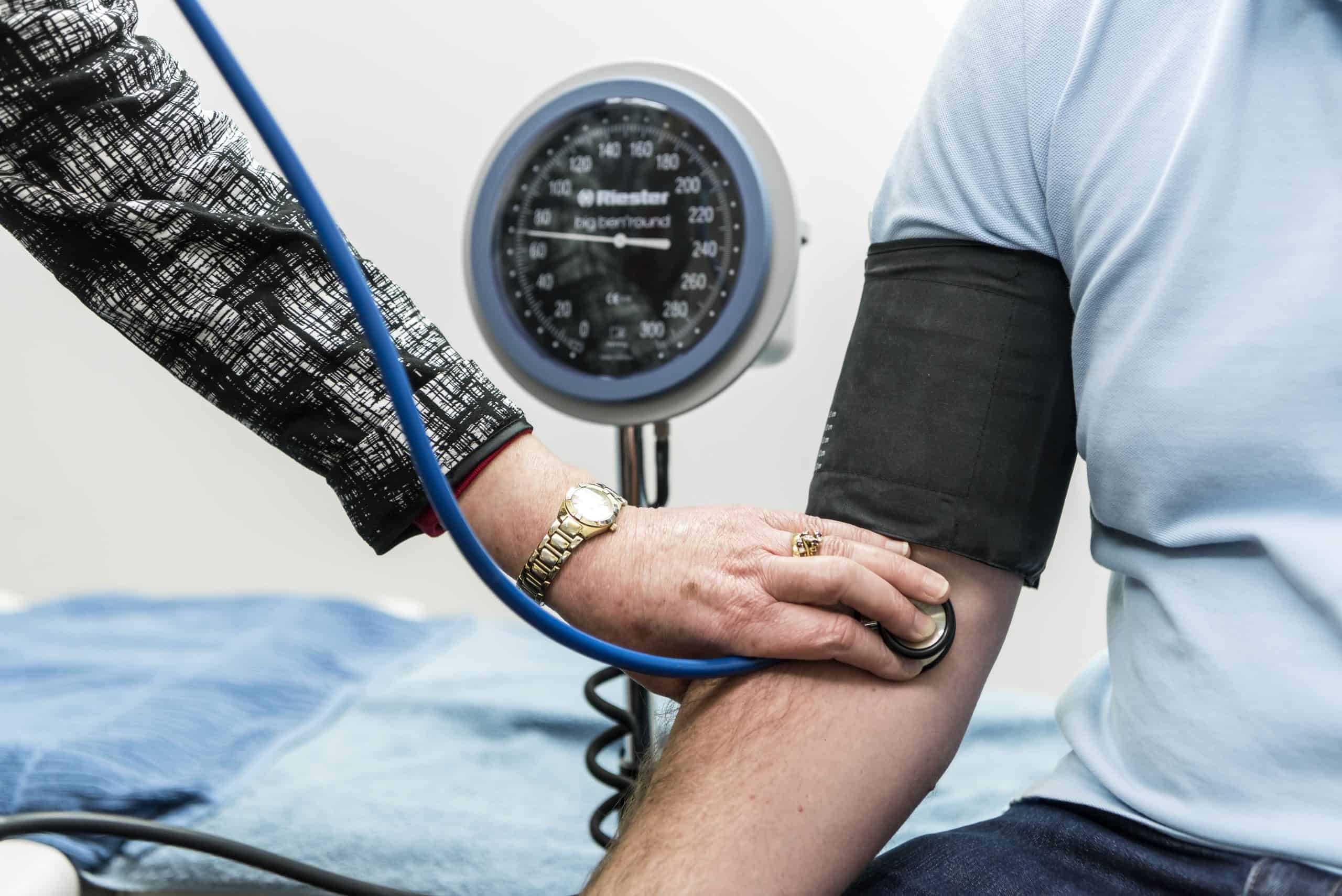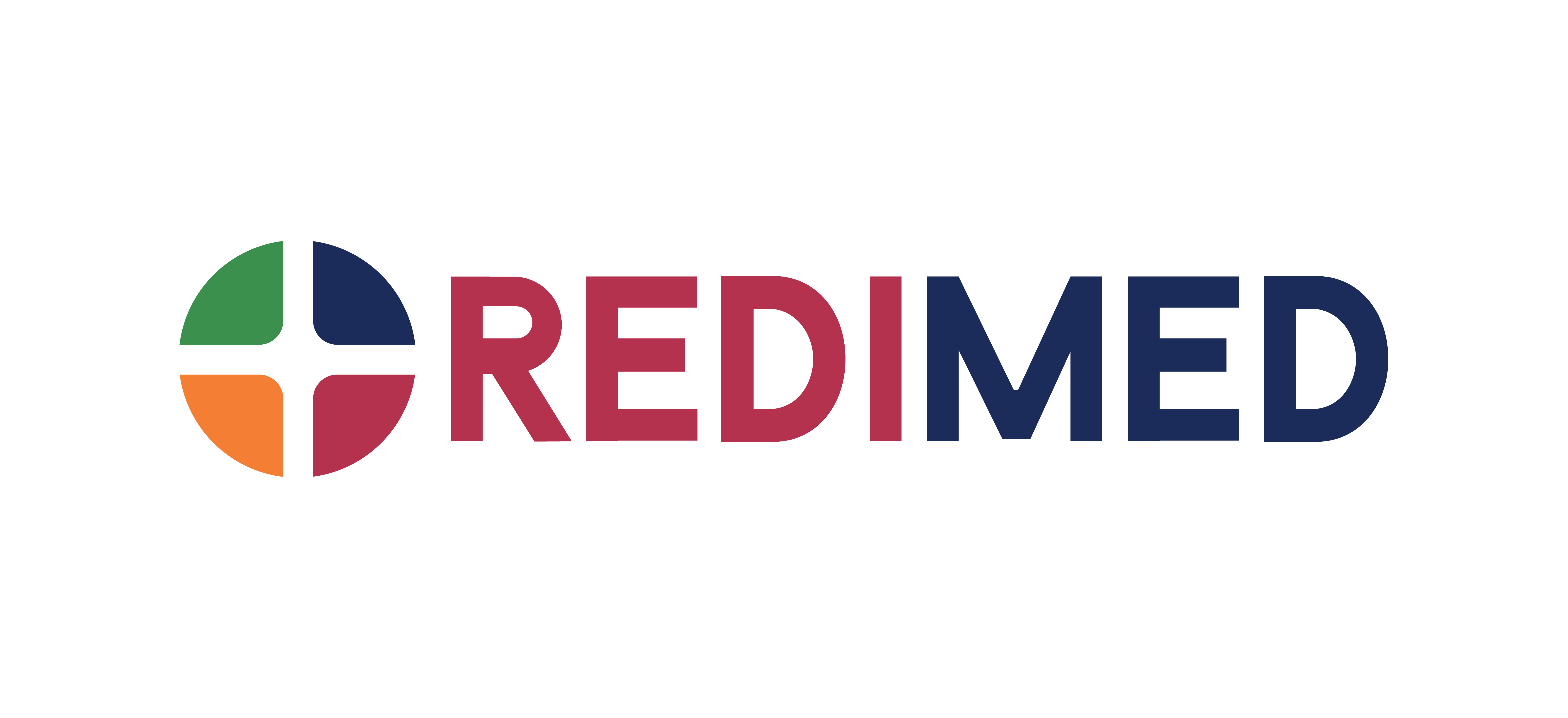Ergonomic Assessments
Prevent injuries and promote productivity with ergonomic assessments for offices, vehicles, and work sites.
Trusted by leading Australian employers.










What Is Ergonomics?
Ergonomics involves designing tools and environments to support users’ natural positions and movement – rather than forcing users to adapt to an unnatural working situation.
Traditionally, ergonomics has focused on office environments, but there’s a role for human-centred design in every workplace.
Many workplace injuries are the result of unnatural repetitive movements and sustained postures, like sitting at a desk, typing, using a jackhammer, or mopping a floor.
Good ergonomics – combined with good role design, proper movement, and preventive exercise – can help prevent those injuries.
Types Of Ergonomic Assessments
Preventive Assessments
Each assessment involves workstation optimisation, provision of self-management techniques (such as stretches), and a personalised report with recommendations.
The average preventive assessment takes 20 minutes per worker.
Therapeutic Assessments
Each assessment includes a medical history, workstation optimisation, provision of condition-specific self-management techniques, and a personalised report with recommendations.
The average therapeutic assessment takes 60 minutes per worker.
Job Dictionary Development
They include comprehensive assessments of worker tasks, repetitive actions and other risks, and related factors (such as environments and tools).
Job dictionaries can be used to make role-level ergonomic adjustments and are helpful for other role-level screenings like PEMs .
Why Choose RediMed?
Prevent Workplace Injuries
Over 78% of all serious workers’ compensation claims relate to musculoskeletal conditions – and 33.1% of claims are caused by stressors like repetitive movements and sustained postures.
Good ergonomics can’t prevent every workplace injury, but it can eliminate key risk factors.
Our ergonomic assessments include standard postural and equipment-related recommendations, as well as:
- self-management techniques (such as stretches, exercises, and micro-rests)
- psychosocial recommendations (such as changes to culture or expectations)
- fatigue management strategies
- automation recommendations (when manual tasks can be wholly or partially automated)
- movement retraining (how tasks can be executed with better ergonomics).
Implemented correctly, ergonomic recommendations are one of the most effective ways to keep your people healthy.




Enhance Worker Productivity
Traditional ergonomic evaluations are focused solely on prevention: how can the risk of injury be minimised?
Our assessments are different.
Prevention is still a core objective – but so is optimising worker performance.
Our certified ergonomics specialists aim to actively improve baseline health, which helps your workers deliver better results more efficiently.
That can range from broad-ranging fatigue management techniques to specific interventions like maximising blood flow to the brain through correct posture.
Group Ergonomic Training
Group ergonomic training delivers similar benefits to individualised preventive assessments – but in a faster, more cost-effective way.
Group sessions are ideal for cohorts of workers in the same or similar roles.
Our ergonomics specialists focus on health and wellbeing education, which can involve exploring the benefits of ergonomics and sharing role-specific self-management strategies.
The objective: to empower your people to actively enhance their own wellbeing, and, in doing so, improve both their output and their safety.


Ergonomic Assessment FAQs
Yes, our ergonomics specialists can provide individualised and role-level equipment recommendations in their reports. Before conducting an assessment, your dedicated RediMed relationship manager will liaise with you to assess what equipment you require.
Generally, we aim to provide multiple vendor options per item for procurement flexibility.
Yes, we can conduct assessments through Zoom and other videoconferencing software. If possible, though, all assessments should be conducted in person – physical assessments are faster, more comprehensive, and easier for participants.
Our certified ergonomics specialists can conduct assessments in any workplace environment, including vehicles, customer service stations, clinical settings like hospitals and aged care centres, and worksites.
Ergonomic assessments can also be expanded to cover roles that transition between different environments, but, generally, are most impactful when a worker primarily operates in one or two fixed environments.

